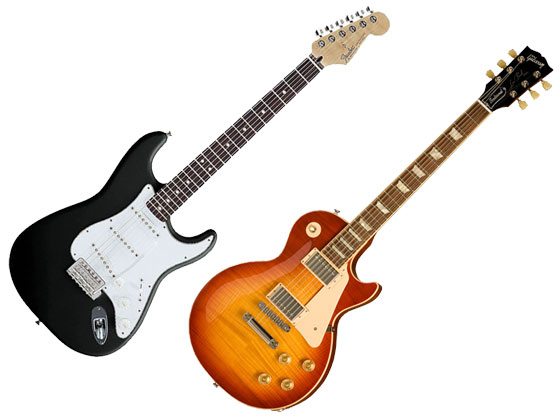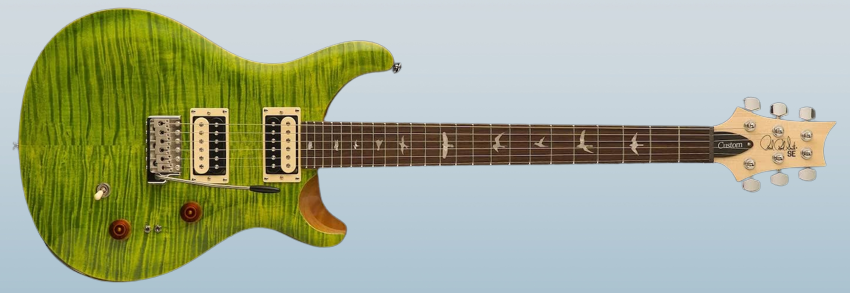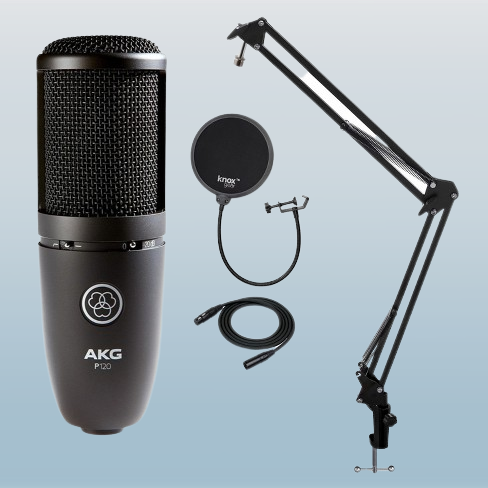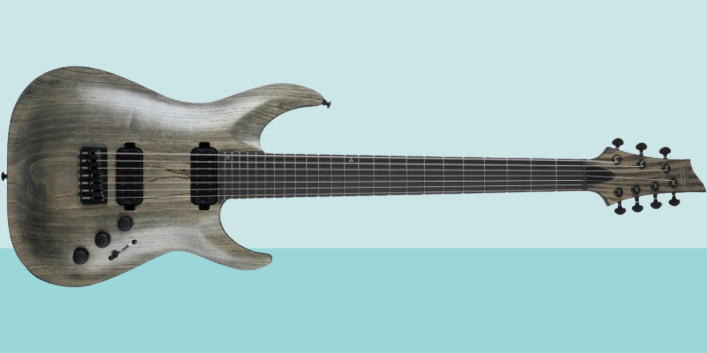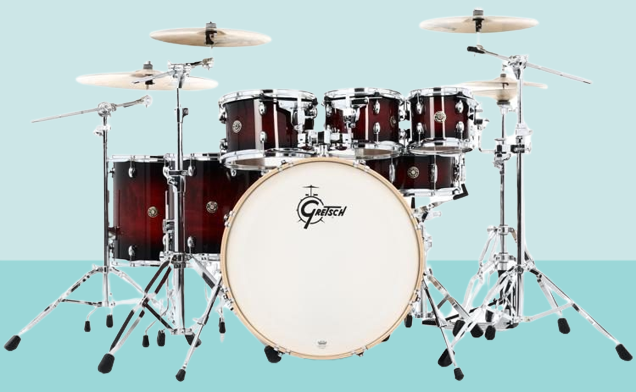Fender or Gibson? That is the question. The two most popular guitar makers are often compared, with fans of each swearing their make is better. Considering that a significant portion of guitars available today are based off either Fender or Gibson designs, the two brands that started it all, it is no surprise that the debate is raging on. So, which of these giants in the music space is better? Let’s take a look, starting with their similarities and differences.
Differences Between Fender & Gibson
The type of wood a guitar uses can have a number of implications on tone and playability. Some players will go so far as to say they they will only buy guitars made of specific wood and of a specific weight.
When looking at the type of wood used it can vary between models within the same brand, and can vary over time. Fender typically uses ash and alder wood in guitar construction, but that is not a hard and steady rule.
Both ash and alder wood provide a medium and slightly bright tone. Both woods are also fairly light and produce Stratocaster bodies that weigh about four to five pounds. This is one of the more appealing aspects of Fender guitars among buyers. Both types of wood are also commonly found in the US, making them fairly inexpensive. Along with these perks, Fender guitars are also considered comfortable. Stratocaster bodies, for example, were originally designed to fit comfortably with body contours.
Gibson guitar bodies are generally made of mahogany. Mahogany is a much denser wood and offers a darker tone and a thick, warm sound. This sound is often favored by musicians, leading the Gibson name to be associated with class rock n’ roll.
The Les Paul model, which is produced by Gibson, is often considered the epitome of the electric guitar. It is the longest-made production model in the company’s history. According to reports, Geddy Lee of the band Rush stated that the only guitar he should ever play is a Les Paul because it offers the “best rock n’ roll tone.”
Differences in Sound

In addition to the types of wood used there are also various elements that go into the differences in timbre. These can include the pickups, body shape, tone woods and other design differences.
The Fender tone is world famous, offering a treble tone commonly associated with the Stratocaster. The tone is bright and almost bell-like. This is achieved by single-coil pickups. It is important to note that Fender’s tonal qualities are mostly dictated by the wood of the body and the single coil pickup.
Gibson is different, offering a mellower and warmer tone that is clearly exemplified in the Les Paul. The Gibson ES model is another great option that is very versatile. It has been used in a wide range of musical styles, from blues to jazz to classic rock. This model offers slightly snappier tone and resonance with a hollow body.
While the two can be very different keep in mind that there are other styles to choose from that can give you completely different feel and sound as well. Be sure to read our full guide on choosing an electric guitar here.
Similarities
Both Fender and Gibson offer a custom shop that allows buyers to customize their guitar purchases. Both also offer classics and derivatives of various models. Some of the most prominent Gibson guitar models are Les Paul, SG, Explorer, Flying V, Firebird, Electric Spanish (ES) and the Melody Maker. Fender also offers famous models like Stratocaster and the Telecaster, as well as classics of older models like the Jaguar and Jazzmaster.
Conclusions
So, should Fender or Gibson be considered the king of guitars? It is important to remember that when comparing two makers, the “best” is always subject to one’s personal tastes. If you like classic bell-tones, for example, Fender is the right choice for you. If you want a thick rock tone, Gibson is the better choice. Whichever is “best” is completely up to you!




